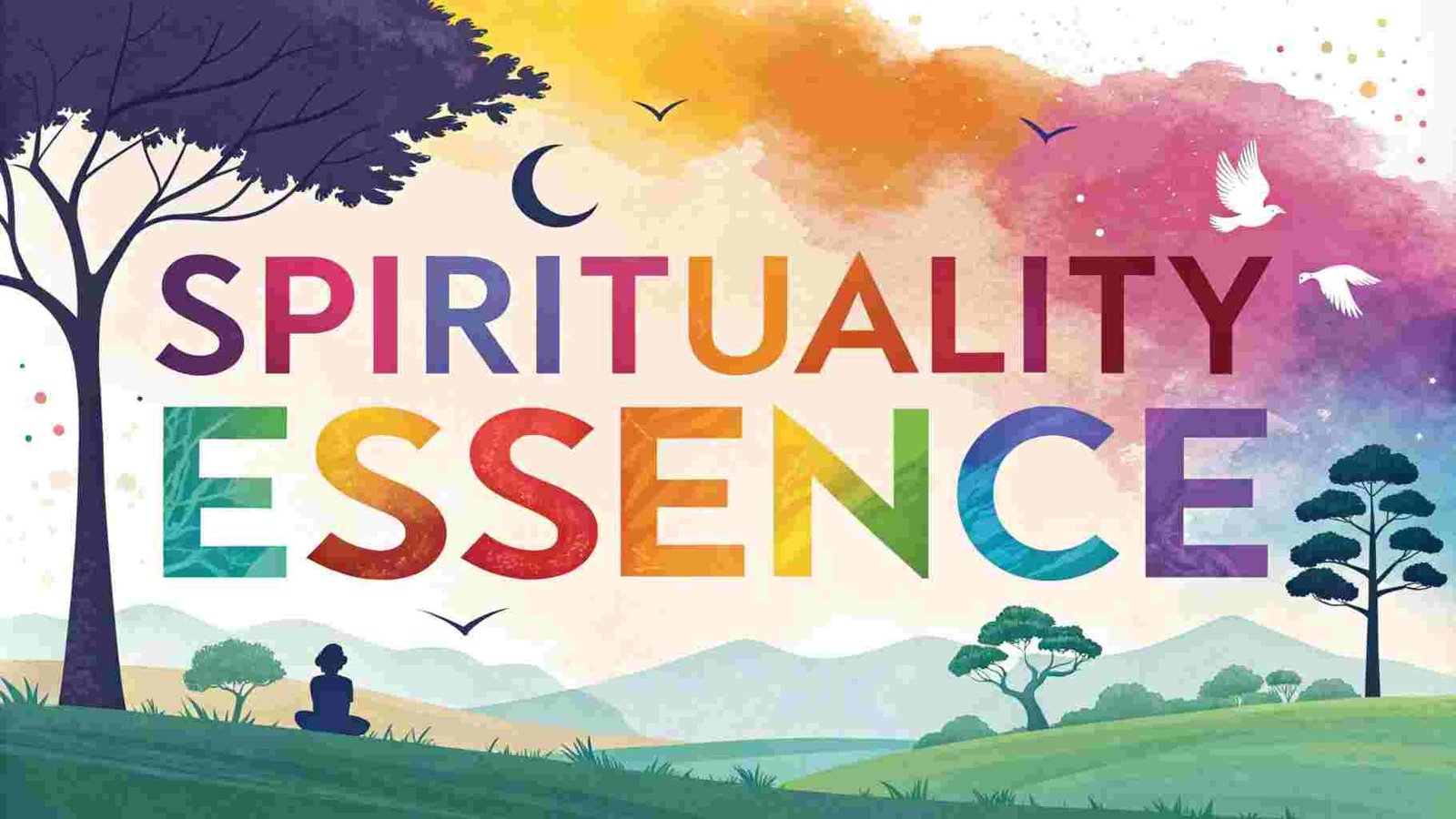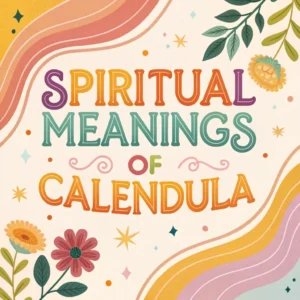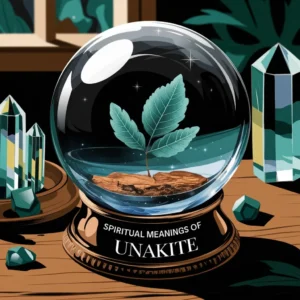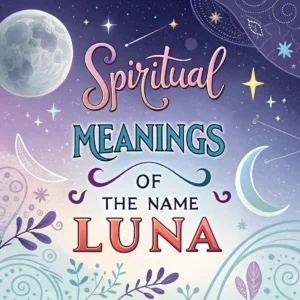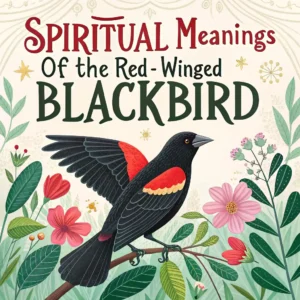Have you ever stumbled upon a carefully balanced stack of rocks during a hike or at a serene beach? These seemingly simple structures, known as cairns, hold a wealth of spiritual significance that spans cultures and centuries.
From ancient trail markers to modern meditation aids, stacked rocks have captivated human imagination and served as powerful symbols of balance, harmony, and connection with nature.
In this comprehensive guide, we’ll delve into the 12 most profound spiritual meanings behind the art of rock stacking, uncovering the wisdom and symbolism that these silent sentinels have to offer.
Key Takeaways:

- Balance and Harmony: Stacked rocks symbolize the delicate equilibrium found in nature and life.
- Spiritual Connection: Cairns serve as physical representations of prayer and meditation.
- Ancestral Honoring: Many cultures use rock stacks to commemorate ancestors and mark burial sites.
- Trail Markers: Historically, cairns guided travelers and marked significant locations.
- Meditation Aid: The practice of stacking rocks can be a form of moving meditation.
- Sacred Space: Rock stacks often denote areas of spiritual significance or energy vortexes.
- Offering to Nature: Building cairns can be seen as a way to give back to the natural world.
- Symbol of Strength: Stacked rocks represent resilience and overcoming obstacles.
- Mindfulness Practice: The act of balancing rocks promotes present-moment awareness.
- Artistic Expression: Rock stacking has evolved into a form of environmental art.
- Manifestation Tool: Some believe cairns can help manifest intentions and desires.
- Connection to Earth Elements: Different rock formations may represent various natural elements.
The Ancient Practice of Rock Stacking
The art of stacking rocks, also known as cairn building, has roots that stretch back to prehistoric times. This ancient practice has been observed across various cultures and continents, serving multiple purposes throughout history.
From marking trails to honoring the deceased, cairns have played a significant role in human civilization.
In Scotland, the term “cairn” originates from the Gaelic word “càrn”, which translates to “heap of stones”. These structures were traditionally used to mark burial sites and significant locations.
As time progressed, cairns evolved to serve as navigational aids for travelers, especially in areas where paths were not clearly defined.
Spiritual Connection and Prayer
One of the most profound spiritual meanings associated with stacked rocks is their representation of prayer and connection to the divine.
In many traditions, the act of carefully balancing stones is seen as a form of moving meditation, allowing the practitioner to focus their intentions and connect with higher realms.
Buddhist traditions often incorporate stone stacking as part of their spiritual practices. These cairns serve as physical manifestations of prayers and are believed to accumulate merit for the builder.
The balance and precision required to create these structures mirror the inner balance sought in spiritual pursuits.

Honoring Ancestors and Marking Sacred Sites
Across various cultures, stacked rocks hold deep significance in honoring ancestors and marking sacred locations. In Native American traditions, cairns are often used to denote burial grounds or sites of spiritual importance.
These stone structures serve as a bridge between the physical and spiritual worlds, allowing the living to connect with their ancestors.
In Mongolia, rock stacks are frequently placed atop burial sites and in cemeteries as a way to pay respect to the deceased.
This practice not only honors the memory of loved ones but also creates a visual reminder of the continuity of life and the connection between generations.
Symbolism of Balance and Harmony
The delicate balance achieved in a well-constructed cairn serves as a powerful metaphor for life’s equilibrium.
Each stone carefully placed atop another represents the intricate balance we strive to maintain in our daily lives.
This symbolism extends to the harmony between humans and nature, reminding us of our place within the greater ecosystem.
The practice of rock stacking can be seen as a microcosm of the universe, where each element must be in perfect alignment for the whole to stand.
This visual representation of balance serves as a meditation aid, helping individuals contemplate the interconnectedness of all things and the importance of finding stability in an ever-changing world.
Navigational Aid and Trail Marking
Historically, one of the most practical uses of cairns was as a navigational tool for travelers.
In areas where paths were not clearly defined, such as mountainous regions or vast deserts, stacked rocks served as crucial waypoints guiding people along safe routes.
This practical application has a spiritual dimension as well, symbolizing guidance on life’s journey.
Even in modern times, hikers and outdoor enthusiasts continue to use cairns as trail markers.
However, it’s important to note that in many protected areas, building new cairns is discouraged to preserve the natural environment and prevent confusion for other travelers.

Meditation and Mindfulness Practice
The act of stacking rocks requires focus, patience, and presence, making it an excellent tool for mindfulness practice.
As individuals carefully select and balance each stone, they must remain fully present in the moment, attuned to the subtle shifts and movements of the rocks.
This meditative quality of rock stacking has led to its adoption in various spiritual and therapeutic contexts.
The practice can help reduce stress, improve concentration, and foster a deeper connection with one’s surroundings.
Many find that the repetitive, tactile nature of cairn building allows them to enter a state of flow, similar to other forms of moving meditation.
Vortexes and Energy Centers
In some spiritual traditions, stacked rocks are believed to mark energy vortexes or areas of heightened spiritual significance.
These locations are thought to be points where the earth’s energy is particularly strong or where different energetic currents intersect. Cairns built at these sites may serve to amplify or direct these energies.
Sedona, Arizona, famous for its alleged vortexes, often features cairns marking these special locations. Visitors to these sites report feelings of increased clarity, spiritual awakening, or a sense of energetic charge.
While the scientific validity of energy vortexes remains debated, the symbolic power of these marked locations continues to draw spiritual seekers from around the world.
Artistic Expression and Environmental Art
In recent years, rock stacking has evolved into a form of environmental art, with practitioners creating intricate and visually stunning cairns in natural settings.
This artistic expression often blends spiritual intentions with aesthetic considerations, resulting in works that both inspire and provoke thought.
Artists like Andy Goldsworthy have gained international recognition for their ephemeral sculptures created from natural materials, including balanced rock formations.
These works challenge viewers to contemplate the transient nature of existence and our relationship with the environment.
The spiritual aspect of this art form lies in its ability to transform ordinary objects into something extraordinary, revealing the hidden beauty in the natural world.

Manifestation and Intention Setting
Some spiritual practitioners use rock stacking as a tool for manifestation and intention setting. By focusing on a specific goal or desire while carefully balancing each stone, individuals believe they can imbue the cairn with their intentions.
The completed structure then serves as a physical representation of their aspirations, acting as a constant reminder and energetic anchor for their goals.
This practice combines elements of visualization, focus, and symbolic action to create a powerful manifestation ritual.
The stability and endurance of the rock stack are seen as reflections of the strength and persistence needed to bring one’s intentions to fruition.
Connecting with Earth Elements
Different types of rock formations can represent various earth elements, allowing practitioners to connect with specific energies or aspects of nature. For example:
- Flat, smooth stones might represent water
- Jagged, irregular rocks could symbolize fire
- Light, porous stones might embody air
- Dense, heavy rocks often represent earth
By consciously selecting and arranging these different types of stones, individuals can create cairns that balance or emphasize particular elemental energies.
This practice can be used in ritual work, meditation, or simply as a way to attune oneself to the natural world.
Symbol of Strength and Resilience
Stacked rocks serve as a powerful symbol of strength and resilience in the face of adversity. Just as each stone must be carefully balanced to create a stable structure, individuals must find their own inner balance to withstand life’s challenges.
The endurance of well-built cairns, standing firm against wind and weather, mirrors the human capacity to persevere through difficult times.
This symbolism is particularly poignant in harsh environments where cairns have traditionally been used as markers.
The sight of these human-made structures standing tall amidst rugged landscapes serves as a testament to the indomitable spirit of those who came before, inspiring strength in those who encounter them.
Cultural Significance and Spiritual Traditions
The spiritual meaning of stacked rocks varies across different cultures and traditions. In Inuit culture, for example, inuksuit (singular: inuksuk) are stone landmarks that have been used for navigation, hunting, and spiritual purposes for thousands of years.
These structures often take on human-like forms and are considered to have a life force of their own.
In Celtic traditions, cairns were often associated with faeries and other nature spirits. Building or adding to these stone piles was seen as a way to appease these entities and ensure safe passage through their territories.
This belief highlights the interconnectedness between the physical and spiritual realms in many ancient cultures.
FAQs
What is the Buddhist significance of stacked rocks?
In Buddhism, stacked rocks or stone cairns are often used as a form of meditation and prayer. The practice of carefully balancing stones is seen as a way to cultivate mindfulness and focus. These structures may also represent the Buddha’s teachings or serve as offerings at sacred sites.
How are stacked rocks used in Native American traditions?
Native American cultures have various uses for stacked rocks, including marking trails, honoring ancestors, and denoting sacred sites. In some traditions, cairns are built as memorials or to commemorate important events. The specific meanings can vary widely between different tribes and regions.
Can building cairns be harmful to the environment?
While the practice of rock stacking can be spiritually meaningful, it’s important to consider its environmental impact. In natural areas, moving rocks can disrupt ecosystems and confuse hikers if unofficial cairns are built. It’s best to practice this art in designated areas or on private property where it won’t interfere with wildlife or navigation.
What does it mean when you find a stack of rocks?
Finding a stack of rocks in nature could have various meanings. It might be a trail marker, a memorial, an art installation, or a spiritual offering. In some cases, it could simply be the result of someone’s meditative practice or artistic expression. The specific meaning often depends on the location and cultural context.
How can I incorporate rock stacking into my spiritual practice?
To incorporate rock stacking into your spiritual practice, consider using it as a form of moving meditation. Focus on your breath and intentions as you carefully balance each stone. You can also use the practice for setting intentions, expressing gratitude, or connecting with nature. Remember to be mindful of your surroundings and avoid disturbing natural habitats.

Hello, I’m Zephyra, your guide at SpiritualityEssence.com. I’m passionate about uncovering life’s mysteries and sharing transformative insights. Let’s explore mindfulness, ancient rituals, and the path to a more awakened life together. Join me on this spiritual journey!
